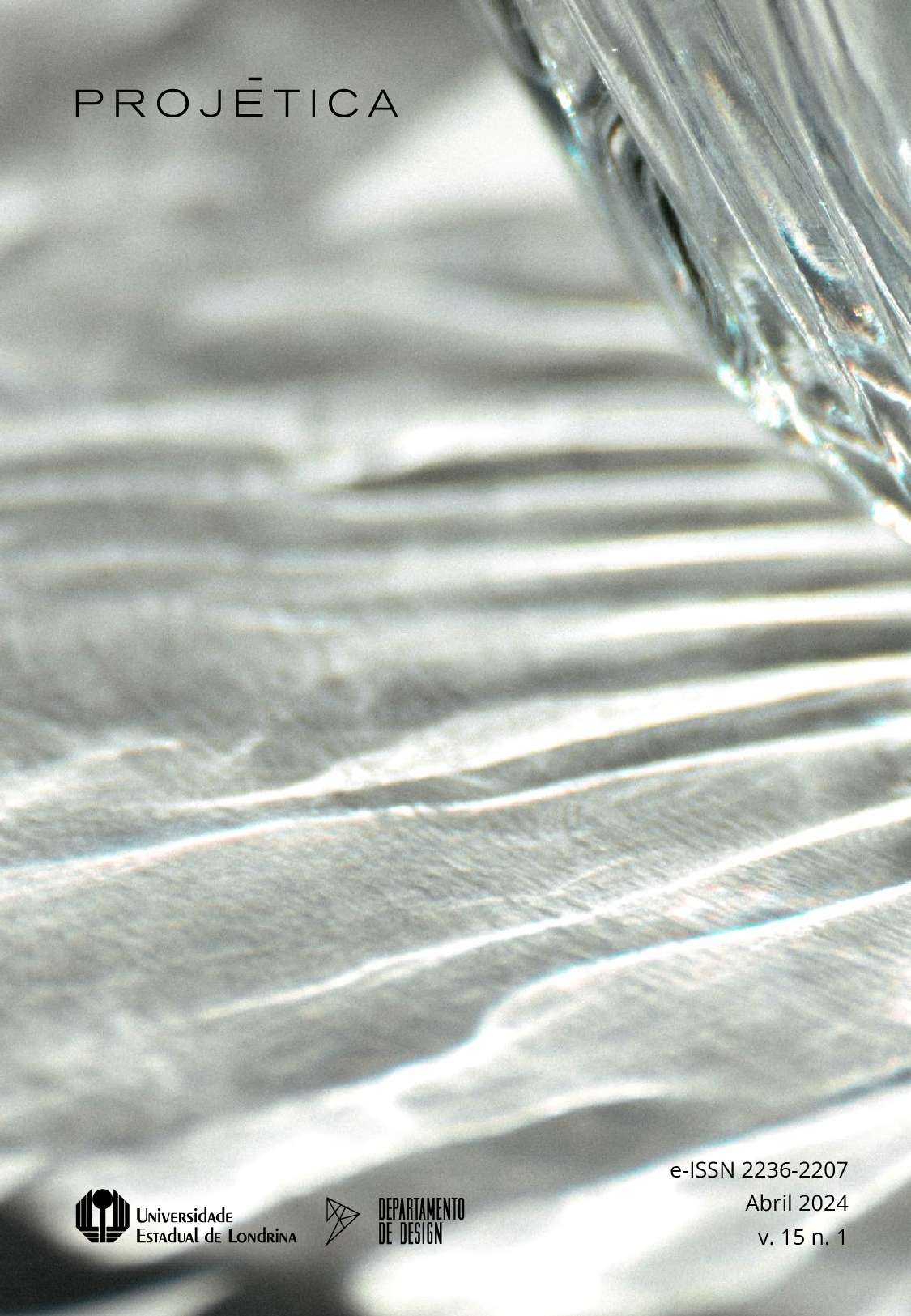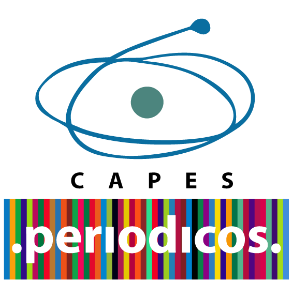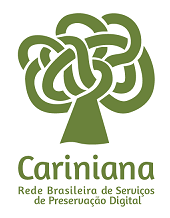Curriculum frameworks
Challenges to implement modeling disciplines using specific software in Bachelor’s degrees
DOI:
https://doi.org/10.5433/2236-2207.2024.v15.n1.49532Keywords:
modeling teaching, curriculum matrix, modeling softwareAbstract
This article is part of a master's study and aims to discuss the creation of pattern making disciplines using CAD 2D software, considering the difficulties in implementing it in courses in the field of Fashion Design taught at public universities. The analysis was carried out through of the study the curriculum frameworks in 2022 and the questionnaire applied to 15 modeling teachers. The qualitative and quantitative methodological approach, with exploratory purposes using the Munari method (2008), showed as a result that 90% of modeling disciplines do not use specific software in practical activities due to the amount charged for software licensing.
Downloads
References
AUDACES. Requisitos do computador para utilização dos sistemas Audaces. 2023. Disponível em: conteudo.audaces.com/requisitos. Acesso em: 08 jul. 2023.
BAILEY, T. Human resource management in the modern textile and apparel industries. In: BERKSTRESSER, G. A.; BUCHANAN, D. R.; GRADY, P. L. Automation in the textile industry from fibers to apparel. Manchester – EUA: The Textile Institute, 1995.
BÜRDEK, B. E. História, teoria e prática do design de produtos. Tradução: Freddy Van Camp. 2. ed. São Paulo: Blucher, 2010.
CARDOSO, R. Design para um mundo complexo. São Paulo: UBU Editora, 2016.
COUTO, R.M.S. Escritos sobre o ensino de Design. Rio de Janeiro: Rio Book´s, 2008.
DINIS, P. M.; VASCONCELOS, A. F. C. Modelagem. In: DINIS, P. M.; VASCONCELOS, A. F. C. Modelagem tecnologia em produção de vestuário. São Paulo: Estação das Letras e Cores, 2009. p. 56-125.
DODGSON, M.; GANN, D. Inovação. Tradução Iuri Abreu. Porto Alegre RS: L&PM, 2014.
GIL, A. C. Como elaborar projetos de pesquisa. 4. ed. São Paulo: Editora Atlas, 2009.
MARANHÃO, É. A. Diretrizes curriculares nacionais do curso de graduação em design. Conselho Nacional de Educação Câmara de Educação Superior. 2004.
MARQUES, C. T. Do estilismo ao design: os currículos do bacharelado em moda da Universidade Federal do Ceará. 2014. Tese (Doutorado em Educação) - Universidade Federal do Ceará em Educação, Fortaleza, 2014.
MUNARI, B. Das coisas nascem coisas. Tradução: José Manuel de Vasconcelos. 2. ed. São Paulo: Martins Fontes, 2008.
SILVEIRA, I.; ROSA, L.; COSTA, M. I.; LOPES, L. D. A formação dos profissionais do setor de modelagem do vestuário da região do Vale do Itajaí - SC. DAPesquisa, Florianópolis, v. 7, n. 9, p. 552-566, out. 2018. DOI: 10.5965/1808312907092012552. DOI: https://doi.org/10.5965/1808312907092012552
Downloads
Published
How to Cite
Issue
Section
License
Copyright (c) 2024 Marcia Qualio Baptista dos Santos, João Paulo Marcicano

This work is licensed under a Creative Commons Attribution 4.0 International License.
Projética está licenciada sob a Creative Commons Attribution CC-BY 4.0 International. Os autores detém os direitos autorais e concedem à revista o direito de exclusividade de primeira publicação.
Os autores dos trabalhos aprovados autorizam Projética a, após a publicação, ceder seu conteúdo para reprodução em indexadores de conteúdo, bibliotecas virtuais e similares.
Os autores assumem que os textos submetidos à publicação são de sua criação original, responsabilizando-se inteiramente por seu conteúdo em caso de eventual impugnação por parte de terceiros. As opiniões emitidas pelos autores dos artigos são de sua exclusiva responsabilidade.
A revista se reserva o direito de efetuar, nos originais, alterações de ordem normativa, ortográfica e gramatical, com vistas a manter o padrão culto da língua e a credibilidade do veículo. Respeitará, no entanto, o estilo de escrever dos autores. Alterações, correções ou sugestões de ordem conceitual serão encaminhadas aos autores, quando necessário. Nesses casos, os artigos, depois de adequados, deverão ser submetidos a nova apreciação. As provas finais não serão encaminhadas aos autores.











